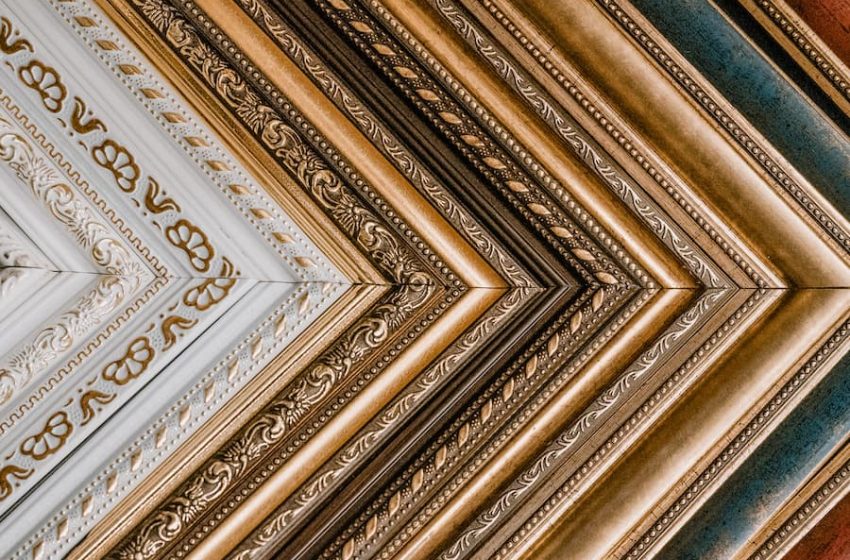
Inheriting an art collection
When a large art collection is inherited, the artwork will form part of the testator’s taxable estate and can often be an emotional legacy for the surviving family members. Some testators will specify their wishes about what should happen to their art collection. For example, it may be donated to the nation or pass to particular beneficiaries, but others will not make any lifetime plans and it will be up to the executors and heirs of the estate to determine its distribution.
The deceased’s family may be well-placed to make decisions as to the future of the artwork. Equally, they may not have the knowledge or experience to deal with the collection. In this case, depending on the size of the collection, the owner should consider appointing an “artistic executor” to handle this aspect of their estate. This should be someone who has experience in the art world and familiar with the task at hand.
For the executors entrusted with the administration of the estate, the first step is to ensure that the art collection is secured. The art could, for example, be removed from the deceased’s property and taken to a specialist secure location. The executors must also confirm that the insurance on the art continues after the owner’s death.
An art collection will need to be valued by a professional for inheritance tax (IHT) purposes and may be liable to IHT at a rate of 40%. If there is a tax liability on the artwork, this will need to be settled out of the estate’s liquid assets, the artwork sold to settle the liability or, depending on the art in question, possibly offered to the nation in lieu of IHT. HMRC’s Acceptance in Lieu (AIL) scheme enables IHT on an estate to be satisfied by the transfer of the objects (if specific requirements are satisfied), rather than the estate paying the tax in cash. The scheme is beneficial for the donor because a greater proportion of the value of the item being offered can be applied to paying the tax bill than if the same item was sold and the proceeds applied to discharge the tax liability. The estate receives not only the full market value of the object, out of which the IHT is paid, but also what is known as a “douceur”, or the “added sweetener”, in which the government reduces the amount of tax due by 25%.
A common issue faced by executors is conflict over the division of personal possessions, which includes an art collection. Ideally, a testator will prepare a letter of wishes detailing how any artwork should be divided between beneficiaries. This would provide clarity and mitigate any disagreements as to distribution. Alternatively, wording could be included in a Will requiring beneficiaries to take turns in choosing items, so that there is an element of fairness.
If a conflict does arise, executors should maintain a neutral position. Beneficiaries should be encouraged to negotiate and achieve an amicable division of the art collection. As a last resort, items from the collection could be sold and the proceeds distributed, although this may still disappoint beneficiaries who want to retain a particular piece. If discord is anticipated, the executors could be creative in their division of the artwork, perhaps asking each beneficiary to list five artworks they would like to keep in order of priority. If everyone has a different first choice, the matter becomes simpler.
In the event that a beneficiary wishes to receive cash instead of a piece from the collection, it may be possible for artwork to be appropriated to other beneficiaries in partial settlement of their entitlement and to pass a greater share of the liquid assets of the estate (i.e. cash, investments) to that beneficiary.
Some testators may want to preserve the art collection for future generations and leave it in trust. The likely structure for this arrangement would be a discretionary trust. The art collection would be held by trustees, with no one beneficiary having a right to the art held in the trust. The trustees would manage the artwork and should utilise it to generate income for the trust, for example, by loaning pieces to galleries and museums.
When deemed appropriate, the pieces from the art collection could be appointed out of the trust to a specific beneficiary. The trust would be subject to its own IHT regime, with possible 10-year anniversary charges and a potential IHT exit charge when an asset leaves the trust. These ongoing charges would therefore need to be borne in mind by the testator when establishing the structure. As with a Will, the trustees should be guided by a letter of wishes setting out how the art should in due course be distributed and to whom.
Planning during lifetime can be an essential way to minimise tax charges on death. Professional advice should always be taken and will help to reduce the risk of a contentious estate administration.
By Jack Martin, Solicitor, and Caroline Miller, Partner, both of Wedlake Bell LLP










